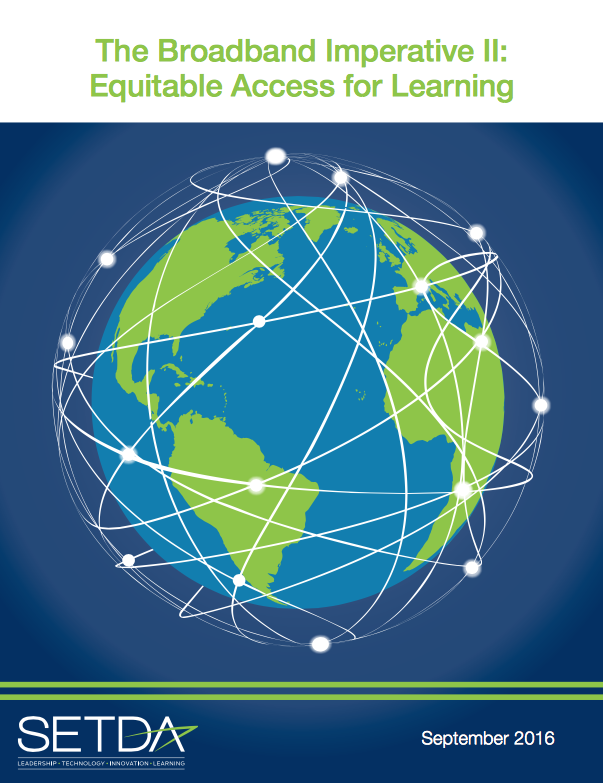Business Community
As schools move towards digital learning environments, it is necessary to foster business and community relationship to advance the transition. Current business and workforce requirements require the use of technology tools and resources from clerks to mechanics to artist to engineers to physicians – all professions are expected to understand and implement technology tools and resources. Districts and schools can partner with businesses and the community to ensure that students are acquiring the necessary workforce skills and that they are prepared for college and a career.
As schools move towards digital learning environments, it is necessary to foster leadership beyond district and school leaders to support the transition. Business and community leaders can provide industry expertise, as well as articulate the needs of the community—students that are career ready and responsible digital citizens. For example, in Cache County, Utah, there is a high demand for robotics technicians. Local businesses approached the school district to establish a robotics class because they needed employees that could repair and program the robots on a day-to-day basis. After the initial meeting industry leaders met with all of the surrounding school districts to discuss the robotics program. The school districts worked together to develop the Robots STEM Academy and created degree opportunities for students. The Robotics STEM Academy leverages UETN gigabit broadband connection, to access UETN’s collaborative distance education technology, and provides face-to-face instruction. Students learn about drone technology, build their own small robots, and program the large industrial robots via eight different locations that connect through the Bridgerland Applied Technology Center. This example highlights how collaboration can result in better preparing students with the skills necessary for the workforce.
Business and community leaders should work with local school boards and district leaders to develop strong relationships to ensure that all stakeholders are vested in successful schools. Through strategic engagement, business and community leaders can generate public and parental support for student learning in the digital age, as well as college and career readiness. In Richland District Two, South Carolina is committed to ensuring that technology is available to all students outside of the classroom. Most students have their own devices through BYOD or laptop loans from the school, but not all students have internet access at home. The district used mapping data to determine which families lacked home internet access. Richland Two partnered with a local internet provider to offer internet hot spot devices to families with filtered internet broadband. When providing the devices to the family, the district explained that it was not only for students to complete homework, but also for the entire household to use to access community resources.
The “homework gap” – the gap between students whose internet connections at home are slow or non-existent—and those who have home connections with adequate speed is an increasingly important issue. As schools implement digital learning and teachers require students to have internet access outside of school, the digital divide is increasing. The Aspen Institute blog post cites that as many as 7 in 10 teachers assign homework that requires access to the internet. Currently, one in three households do not subscribe to broadband service and 52% of low and moderate-income families report that internet access is too slow. This problem is disproportionately common in rural and underserved communities.


 As a local business owner, how can I work with local schools to help ensure that high school graduates have the workforce skills necessary for our industry?
As a local business owner, how can I work with local schools to help ensure that high school graduates have the workforce skills necessary for our industry? I’m interested in partnership with a local school. What types of community partnerships are available?
I’m interested in partnership with a local school. What types of community partnerships are available? As a local business, how can I work with the district/school to encourage students to patron on our business to access free wireless for homework assignments?
As a local business, how can I work with the district/school to encourage students to patron on our business to access free wireless for homework assignments?






